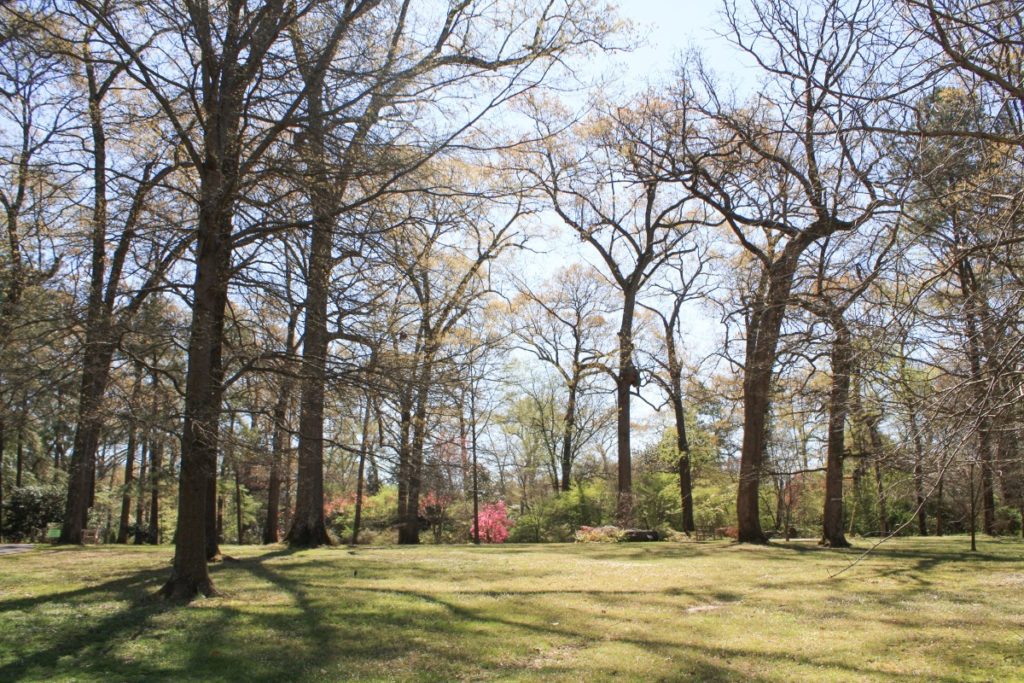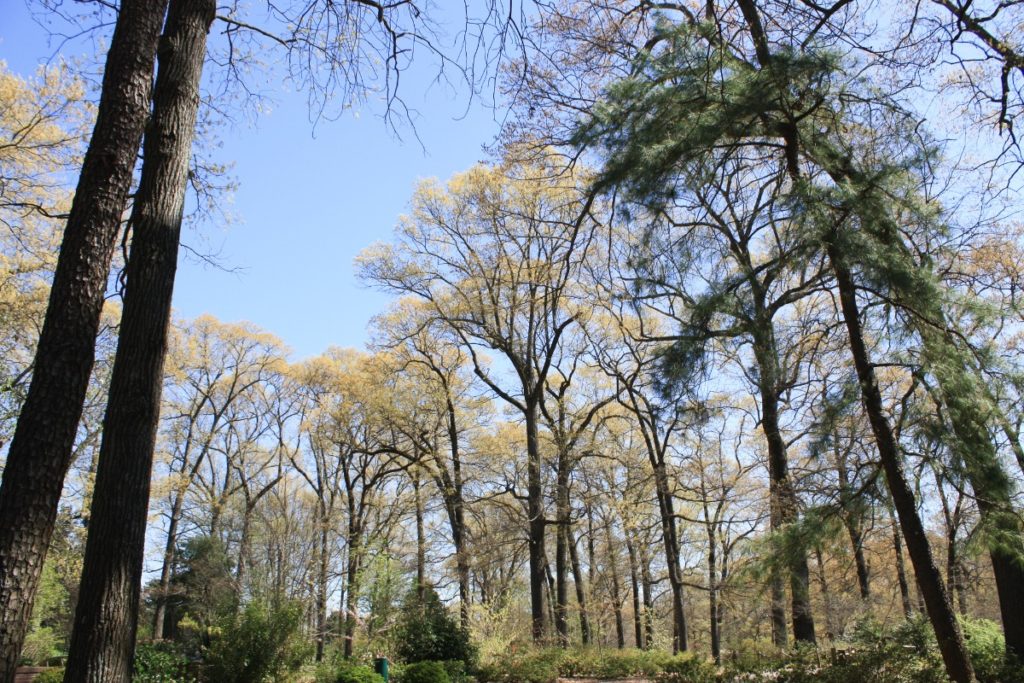Spring is the most beautiful season here in the Mid-South. Everywhere you look, the grass is getting greener, the landscapes are looking brighter, and baby buds are peeking out from every tree limb. While those limbs look beautiful swaying in the wind, this is actually a great time of year to talk about pruning them! While many trees grow perfectly well without pruning, adding this to your routine landscape maintenance will allow your trees to reach their full potential and increase their chances of living a long life. Aside from March showers and April flowers, spring can be one of the best times of the year to tackle any pruning you need to do.
Here at Red’s Tree Service, we have an expert team to provide tree trimming and selective pruning across Memphis and the Mid-South. To help you understand why pruning is important and when it should be done to make the most of it, we’ve put together some information for below. Keep reading to learn more!
Why pruning is important for your trees
Pruning focuses on removing dead, dying, and diseased branches, as well as branches that rub together and any branch stubs. Opening up the canopy lets more light and air filter throughout the entire tree, which allows for increased foliage and decreases the risk of disease. By pruning and trimming trees in specific ways, fruiting and flowering is encouraged. A professional can also shape plants into specific forms and help to control plant size.
While the appearance and health of a tree is often cited as the main reason for pruning, safety concerns should be considered as well. Regularly trimming the trees in your yard creates a safer environment for your family and friends. Dead branches, diseased trees, and weak limbs can all be a danger to people and property, but well-pruned trees are stronger and healthier. Branches that are too close to safety lights, electrical lines, or blocking traffic views should be pruned frequently.
Living in or around Memphis means that springtime coincides with our severe weather season. Top-heavy trees with too much foliage can break and fall over in strong storms, while falling branches can damage your house, plants, or car. This is one reason why thinning out branches and dead limb at this time of year can be beneficial.
Although you can technically prune your own trees, it’s often a pretty large job. We would encourage you to leave more established trees especially to qualified arborists and tree care professional like our team at Red’s. We have the knowledge, experience, appropriate equipment, and training to remove large branches safely and efficiently.

The best time of year to prune trees
There’s never really a bad time to remove dead, damaged, or diseased branches. However, most trees will benefit most from pruning in mid- to late winter. That’s because pruning during dormancy encourages new growth as soon as the weather begins to warm up. The lack of leaves around this time also allows you to easily identify branches and limbs requiring removal.
While pruning trees in the summer isn’t a popular option, it can sometimes be beneficial if performed with caution. You should never prune in the fall, however. Pruning trees in the fall can introduce disease, and when you have a warm autumn like we often get, new growth can be seriously damaged when the temperatures drop again.
Pruning in the spring
In general, pruning your trees in the spring can limit their bloom potential for the year. It can also leave cuts that leave trees more vulnerable to insect infestation or disease. That said, some tree pruning can safely be done in the spring! The rule of thumb is to not remove more than 10% of any tree’s branches. When it comes to spring pruning, your goal should be one of two things: pruning for safety OR minimal pruning for aesthetics.
Of course, there are exceptions to every rule! If you’ve just planted a new tree, any broken, defective, or damaged limbs should be removed. Maple, walnut, and birch trees can also safely be pruned in late spring to early summer. This timing also reduces sap bleeding, which can be messy. There are also several flowering trees that should be pruned once they’re done blooming in the spring season:
- Apricot trees
- Chokecherry trees
- Crabapple trees
- Dogwood trees
- Flowering cherry trees
- Flowering plum trees
- Juneberry trees
- Lilac trees
- Magnolia trees
Remember that in general, pruning trees in the spring can leave them more vulnerable to infestation and diseases. These trees in particular should never be pruned in the spring, summer, or early fall.
- Oak trees to reduce the chance of oak wilt (if oak wilt is in your area)
- Elm trees to reduce the chance of Dutch elm disease
- Sycamore trees to reduce the chance of anthracnose
- Honeylocust trees to reduce the chance of stem cankers

Let Red’s Tree Service give your trees extra life this spring
There are many ways to improve both the health and the shape of your trees. Pruning methods like crown thinning, crown raising, crown reduction, and crown cleaning can improve the light and air circulation a tree is getting, helping it to look better and grow stronger. We are experienced in providing tree trimming and selective pruning services to maintain the safety and integrity of your trees throughout the year!
Certain species of trees will require more precise timing and different approaches for proper pruning, and having an experienced arborist like ours on hand helps keep both you and your trees safe. By using a licensed tree service professional like Red’s, you’re ensuring that a correct pruning and trimming job will be done. This will create and maintain strong tree structures that will look beautiful for years to come. If you have trees you’d like us to inspect or are overdue for a pruning, get in touch with us today for a FREE estimate!
